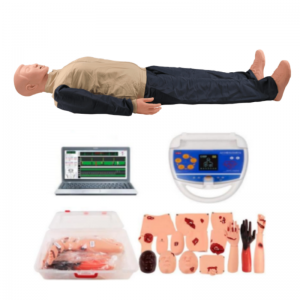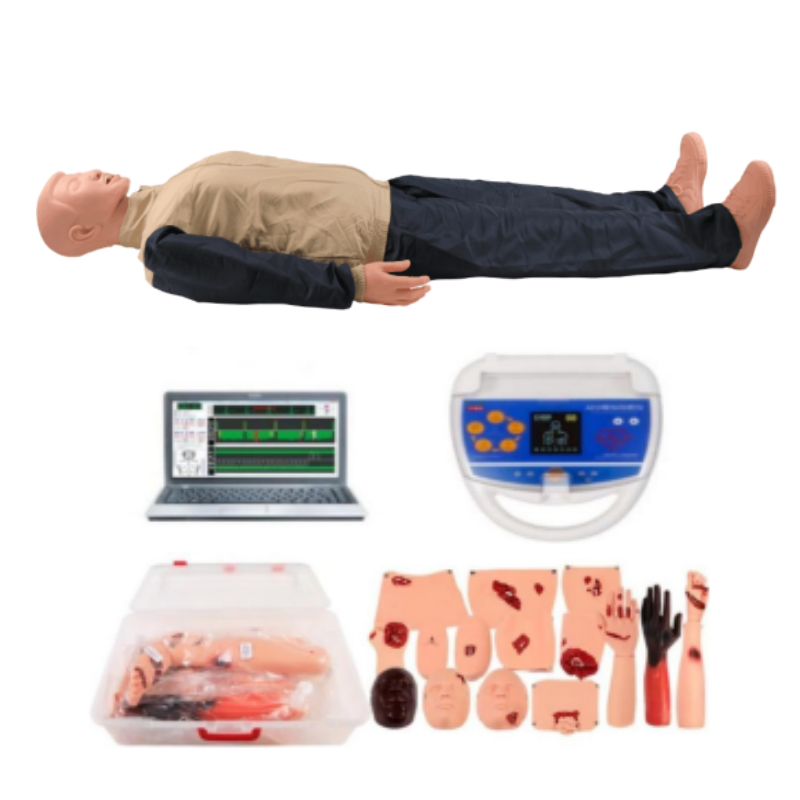ADA MED SUPPLY LIMITED
Phone:+86 19937901373
Tel:+86-0379-65160607
Email:adaanatomy@adaanatomy.com


The AED (Automatic External defibrillator) works in tandem with the CPR (cardiopulmonary resuscitation) model to highly simulate real emergency scenarios and provide a realistic practice environment for medical personnel.

First, the AED model is able to simulate the abnormal electrical activity of the heart during cardiac arrest, especially the common arrhythmia state of ventricular fibrillation. While the CPR model simulates a cardiac arrest, the AED model can send out corresponding electrical signals that simulate abnormal cardiac waveforms. This simulation not only helps health care professionals identify and understand the electrical manifestations of the heart during cardiac arrest, but also trains them to quickly and accurately use AEDs for defibrillation.
In the simulation scenario, once the AED model detects an abnormal ECG waveform, it alerts the health care provider by voice or text that defibrillation is required. At this point, the health care provider can follow the AED model to place the electrode in the appropriate position on the CPR model and press the defibrillation button. The AED model simulates the process of defibrillation, which involves releasing an electric current and shocking the heart in an attempt to restore the heart's normal rhythm.
After defibrillation, the CPR model simulates the response of the heart and respiratory system. If defibrillation is successful, the CPR model will show signs of heartbeat recovery and spontaneous breathing; If defibrillation fails, the CPR model will continue to simulate cardiac arrest, at which point the paramedics will need to continue CPR until medical professionals arrive on the scene.
In this way, the AED and CPR models can simulate real-world emergency scenarios, including cardiac arrest, defibrillation, and subsequent life support. This simulation training helps medical staff to master the correct first aid skills and improve their ability to cope in emergency situations. At the same time, this training can also enhance the self-confidence and psychological quality of medical staff, so that they are more leisurely in the real emergency scene.
It is important to note that although the AED and CPR models can highly simulate real first aid scenarios, they are still simulation tools and cannot replace real first aid operations. In practical applications, medical personnel also need to make correct judgments and treatments according to the specific conditions and clinical manifestations of patients.